-
Belfast, Northern Ireland - Day 2
Titanic Museum
We rode the Hop On Hop Off Bus over to the beautiful Titanic Museum. The Titanic was built in Belfast and this museum is located beside the Titanic Slipways, the Harland and Wolfe Drawing Offices and the Hamilton Graving Dock where the Titanic was designed, built and launched. This fantastic exhibition has nine linked interactive galleries that outline Titanic’s dramatic story.
The six story building is designed with the bow-shaped facade of the ship with 3,000 different-shaped panels each folded from silver anodized aluminum sheets.
We also watched a movie designed by Robert Ballard about his discovery of the wreck in 1985 on the big screen which was amazing.
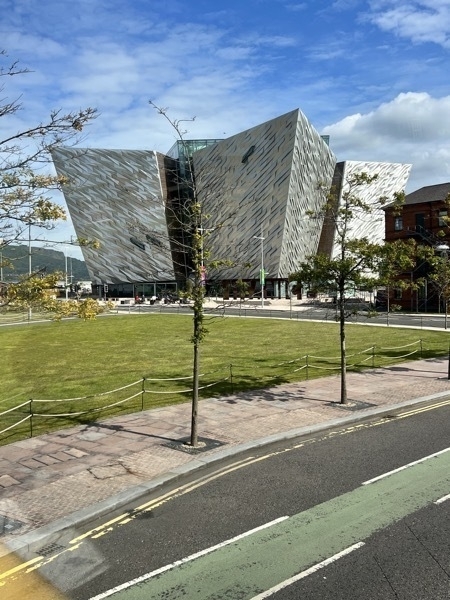
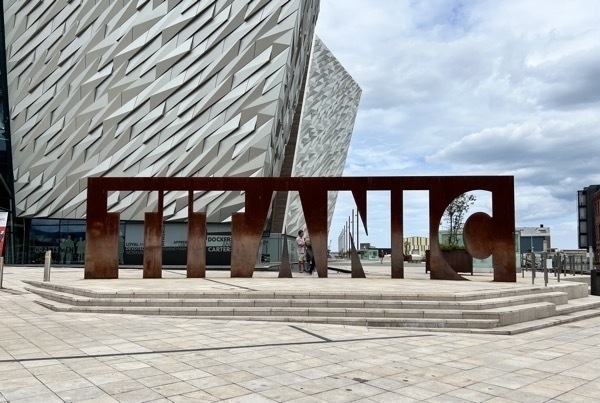
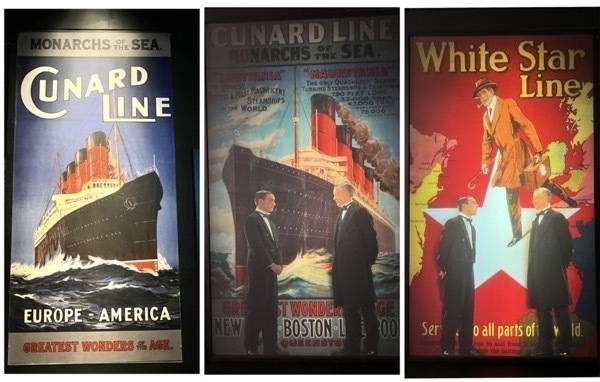
Advertisements for the White Star Line
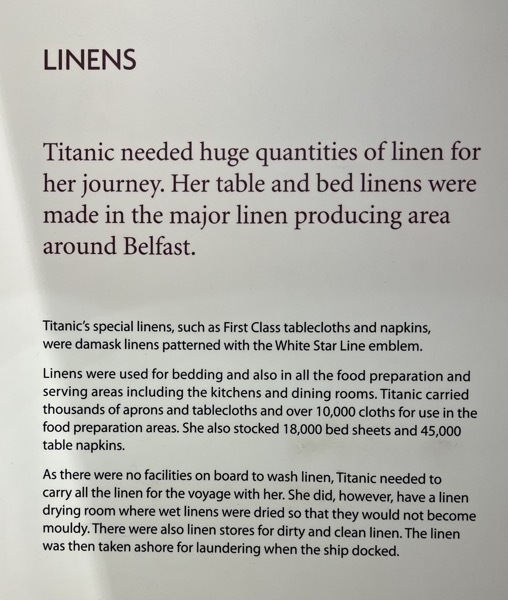
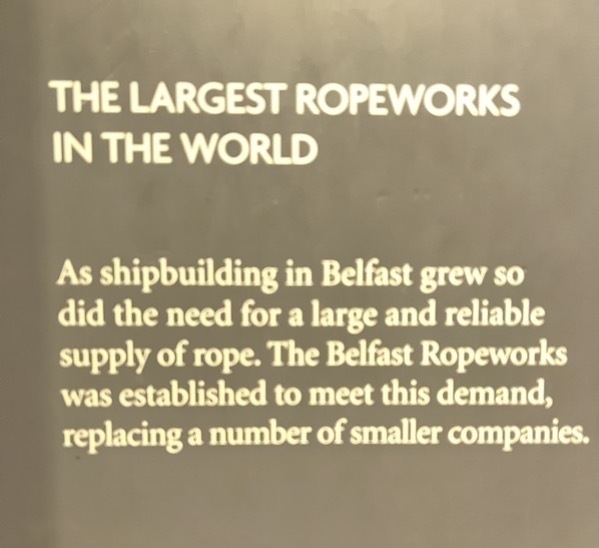
The Nomadic was used to tender the passengers who boarded in Cherbourg, France where the port was not deep enough for the Titanic to dock. It is the only White Star Line vessel still in existence,
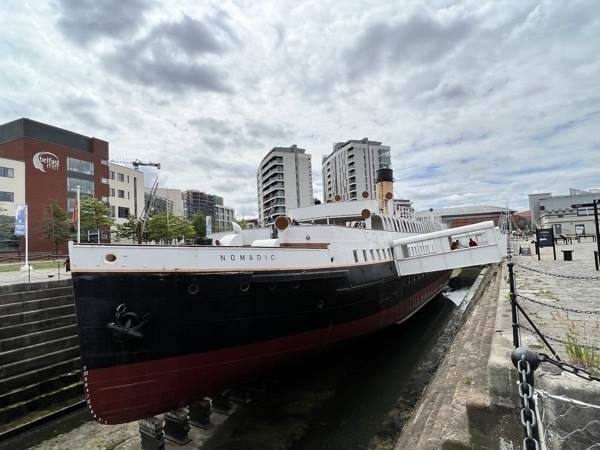
Albert Memorial Clock
Albert Memorial Clock was completed in 1869 and is referred to as Belfast’s answer to the Leaning Tower of Pisa. It was constructed on reclaimed land from the River Farset and weighs over 2,000 tons. It has a vertical lean of four feet.
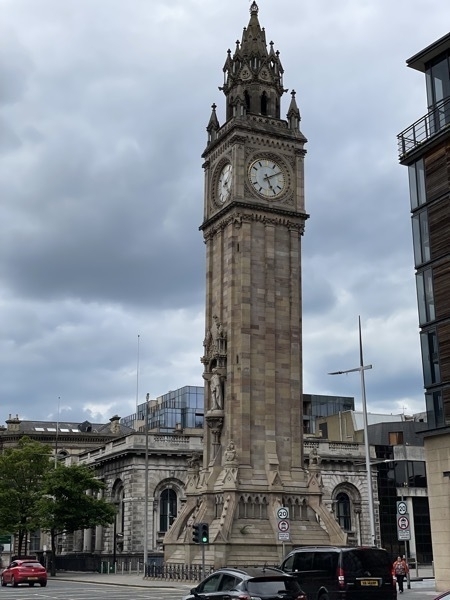
The Big Fish
The Big Fish, also called the Bigfish, is a printed ceramic mosaic sculpture by John Kindness. It is 33’ long 1and was constructed in 1999 in Donegall Quay in Belfast, near the Lagan Lookout and Custom House. The Big Fish’s image appears on Belfast and Northern Ireland related tourism material.The outer skin of the fish is a cladding of ceramic tiles decorated with texts and images relating to the history of Belfast. Each scale “tells a story about the city.” Material from Tudor times to present day newspaper headlines are included along with contributions from Belfast school children. The Big Fish contains a time capsule storing information, images, and poetry on the city.
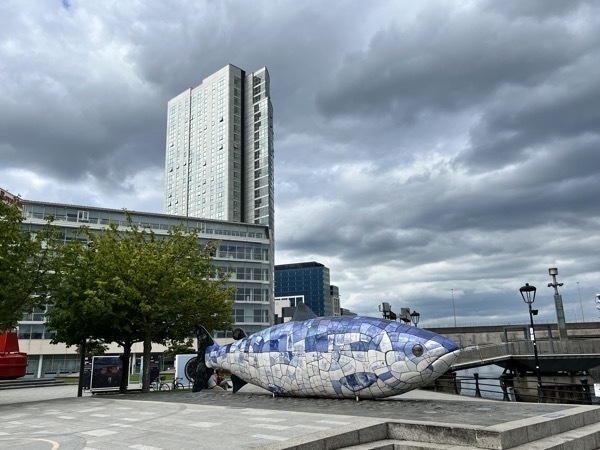
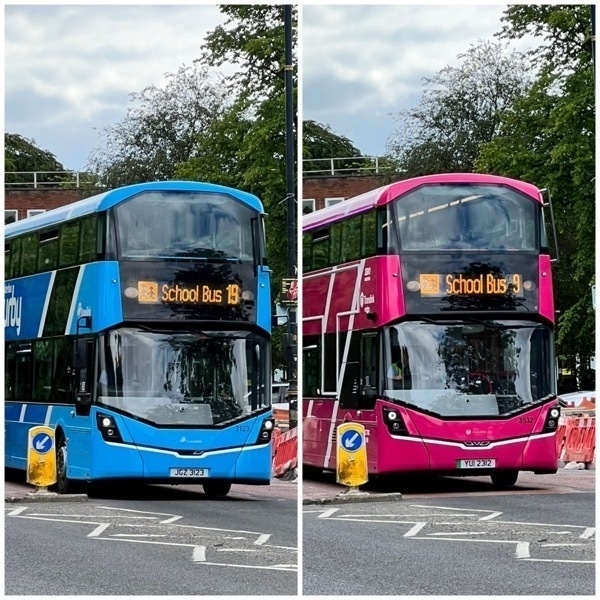
The school buses in Belfast are certainly fancier that what our school children ride in the US!
Queen’s College
We walked from our hotel to Queen’s College where we toured the Ulster Museum. From there we walked to see Albert’s Clock and the Big Fish. By the time we got back to the hotel we had walked 6 miles.
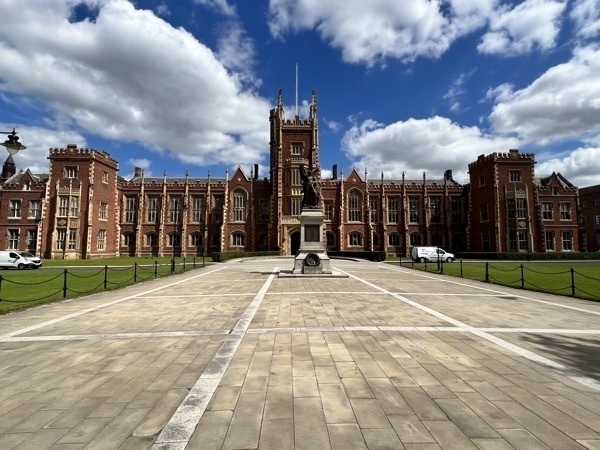
The Crown Liquor Saloon
The Crown Liquor Saloon was our final destination where we ate dinner.. The Crown has elaborate tiling, stained glass and woodwork created by Italian craftsmen who worked on the pub after hours. These craftsmen were brought to Ireland to work on the many new churches being built in Belfast at the time.
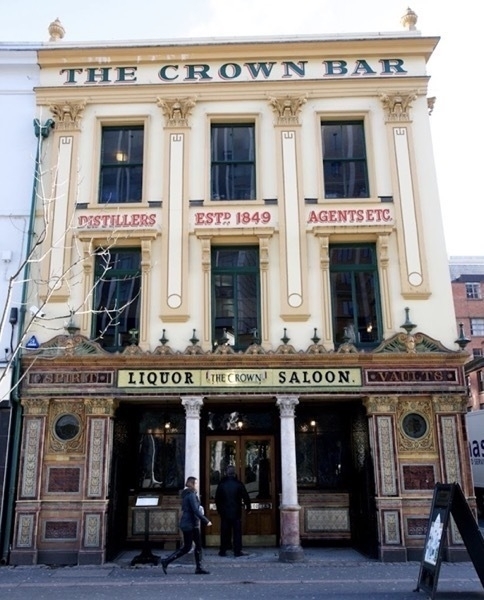
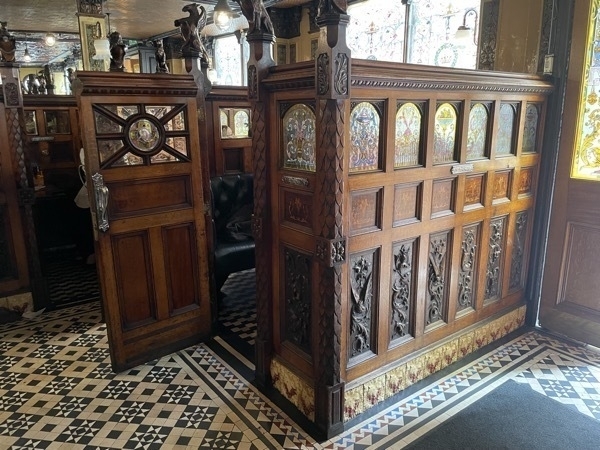
The Crown has ten booths, or snugs. Built to accommodate the pub’s more reserved customers during the .m Victorian period, the snugs feature the original gun metal plates for striking matches and an antique bell system for alerting staff. Extra privacy was then afforded by the pub’s etched and stained glass windows which feature painted shells, fairies, pineapples, fleurs-de-lis and clowns.
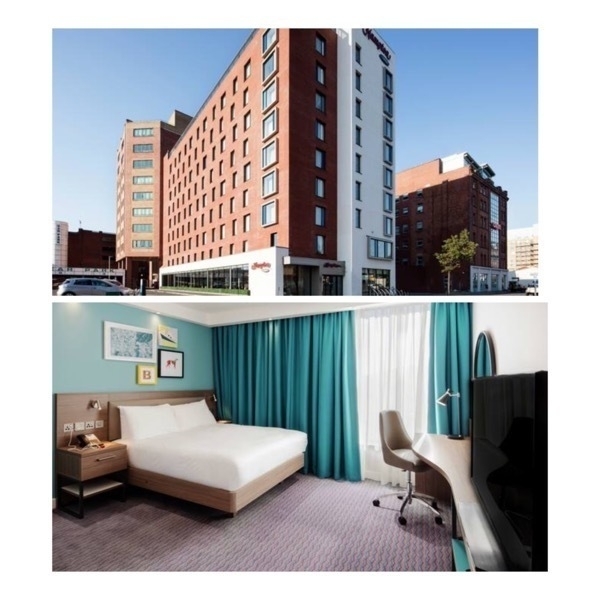
We stayed at the Hampton by Hilton Town Center the two nights we were in Belfast. It was a great location for walking to the town center and for catching the Hop On Hop Off bus. The cost of the room included a full Irish breakfast -bacon, sausage, eggs, mushrooms, beans, croissants, yogurt, pastries, coffee and juices.
-
Belfast, Northern Ireland
We left Lake Charles on a 7:22AM flight to Houston where we changed planes and flew to Vancouver, BC. From Vancouver we flew to Dublin and arrived at 8:45 AM on Tuesday morning. LONG combination of flights. When we landed in Dublin we’d been traveling 20 hours.
Upon arriving in Dublin we were surprised that there was no jet port to get off the plane. All passengers had to walk down the steps and across the tarmac to get to the airport.
We rented a Suzuki from Eurocar ($754 and another $569 for insurance) and drove two hours to get from Dublin to Belfast.
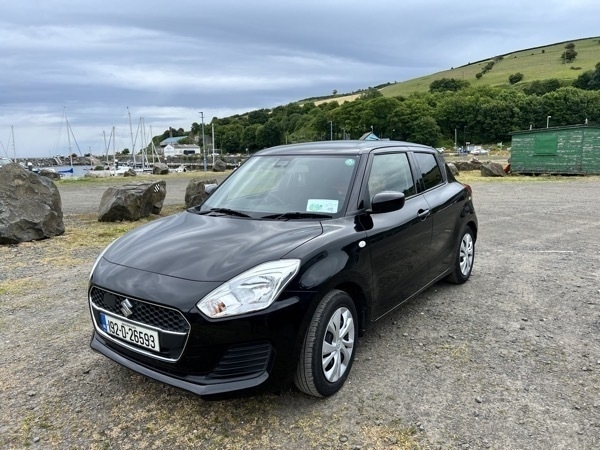
Gasoline is over $8.00 per gallon here so we are hoping it gets great gas mileage! It is really strange to drive on the opposite of the road. The windshield wiper, blinker, and gear shift are on the opposite side of the steering wheel than our cars at home.. Having said all of that, I drove the car just fine.
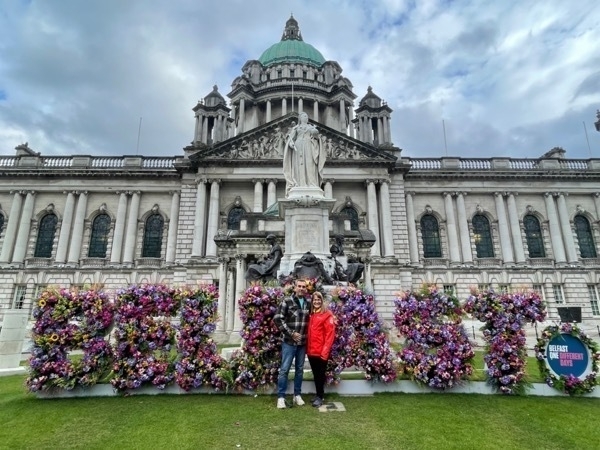
Here we are in front of the City Centre
Crumblin Road Goad
We took the Hop On Hop Off double decker tour bus ($26.45 each for two days) and got off at the Crumblin Road Goal, a prison built in 1845 and used until 1996. Initially prisoners were housed here to await transfer to other British Colonies. Before the prison was built, prisoners were shipped to America (until the Revolutionary War), but after that the prisoners were transferred to Australia and New Zealand. When we were in Australia in 2017 we were told that many of the earlier settlers were released prisoners from the British Colonies.
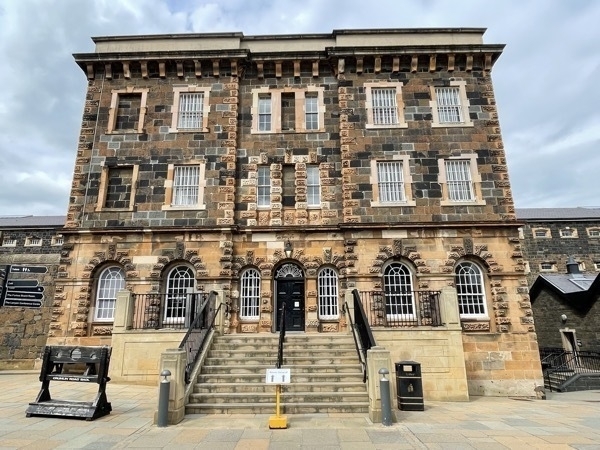
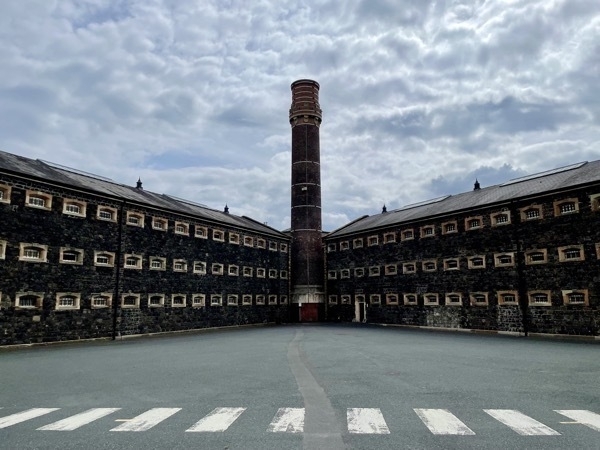
The cells were built for single occupancy with a capacity of 320. During the The Troubles starting in 1969 it was not uncommon to find three prisoners to each cell.awhile the prison population swelled to nearly 1,400. There was still no sanitation in the cells and chamber pots were still used.
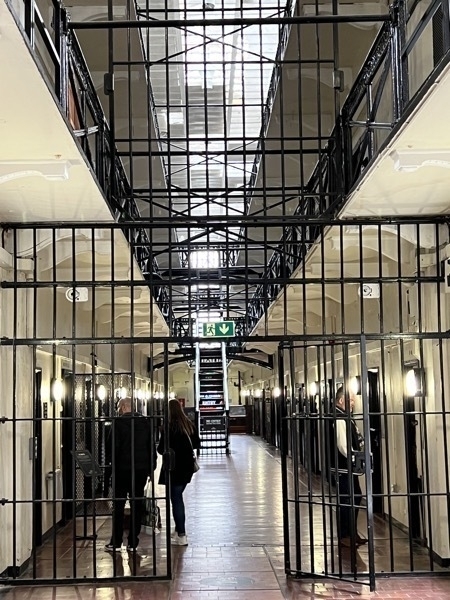
Belfast Peace Walls
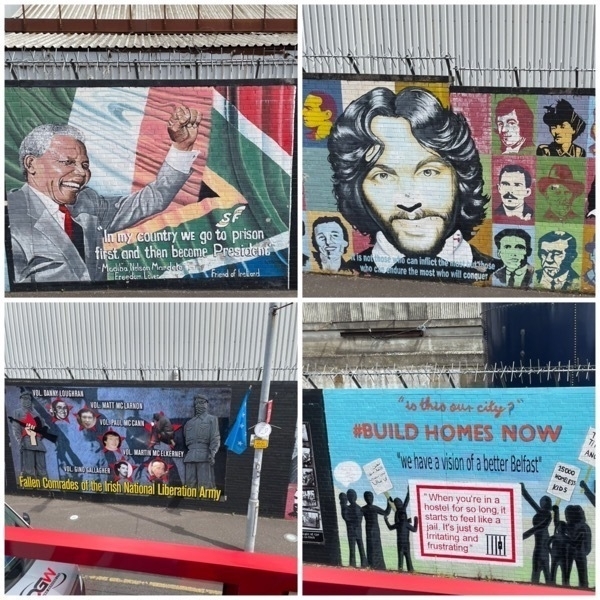
The Belfast Peace Walls have been in existence for over 50 years and it all began with the riots of August 1969, commonly referred to as The Troubles.
Fierce sectarian violence broke out that month between the Loyalist community (Protestants that opposed Catholic Emancipation) of The Shankill Road and the Nationalist (the Catholic) community of The Falls Road.
Because of the ferocity and scale of the violence, the British Army was called in and set about constructing so-called ‘peace walls’ made of corrugated iron and topped with barbed wire. Set up quickly and rather crude looking, they were a simple solution for keeping the two communities apart from each other.
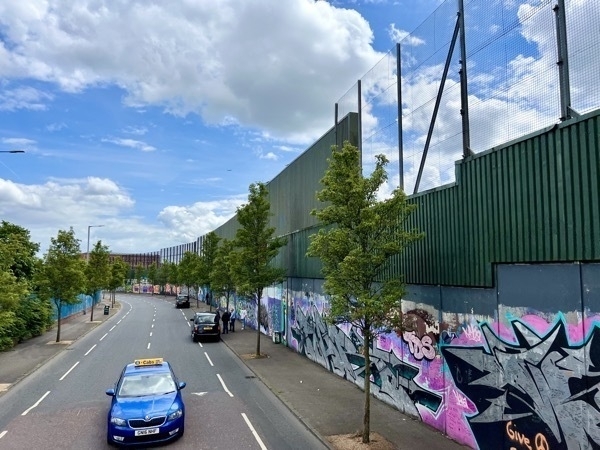
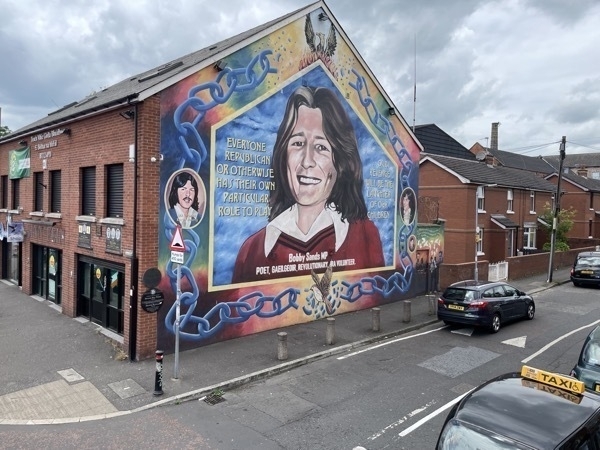
We walked through the center of the city and back to our hotel, Hampton Inn on Hope Road.
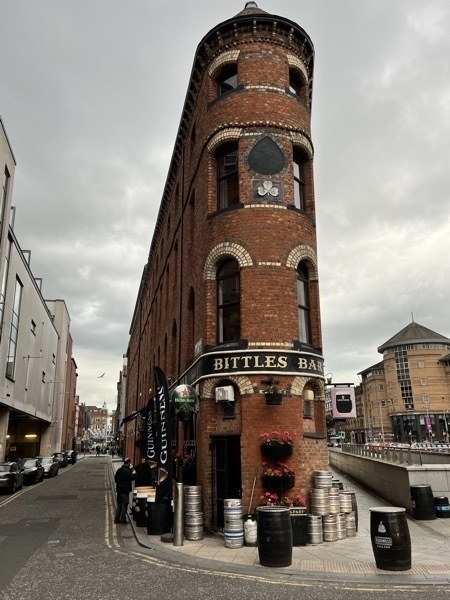
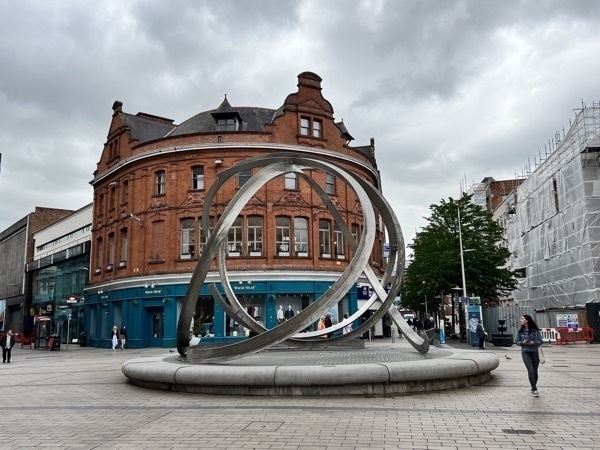
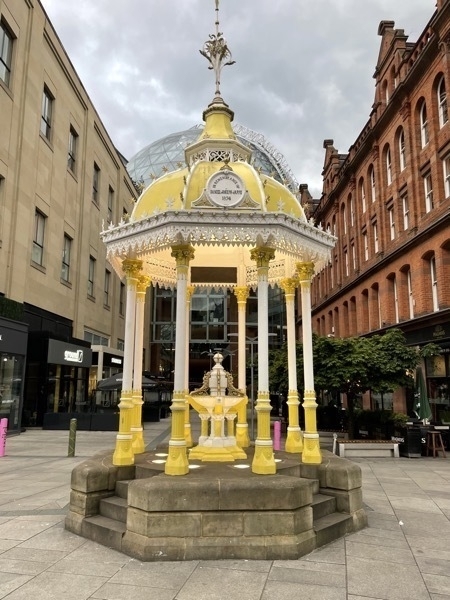
After seeing so many beautiful Chihuly glass piecesr in Tacoma and Seattle last summer we spotted a cheap little decoration and I commented that it was “no Chihuly."
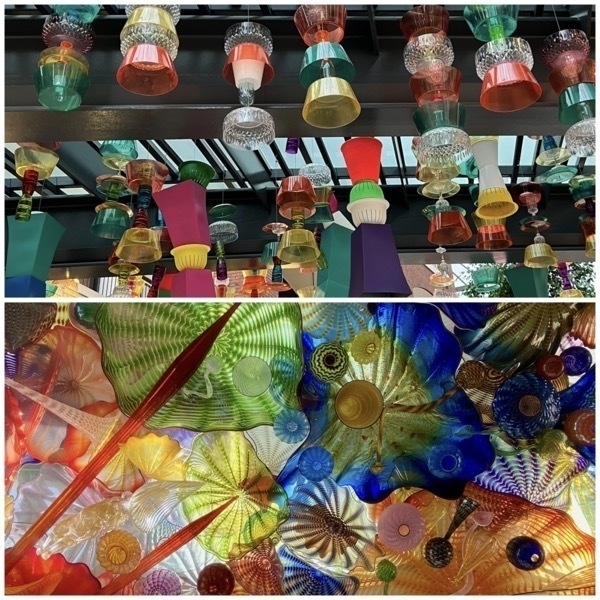
Chihuly glass display in Tacoma, Washington. Overhead street decoration in the City Center, Belfast.
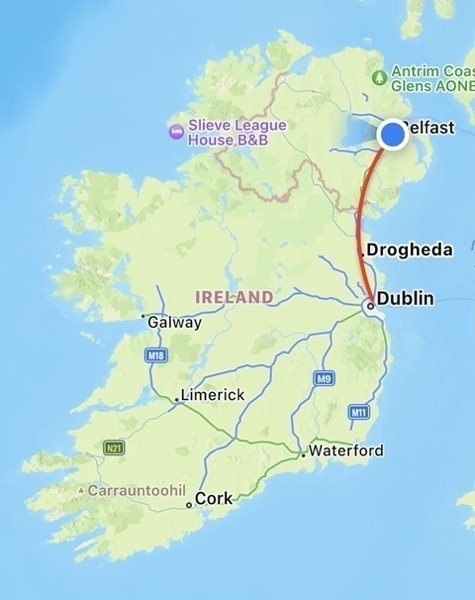
By the time we finally fell asleep, we’d be awake for 34 hours and were thoroughly exhausted!
-
Key West
We drove from Miami down through the Florida keys to Key West where we stayed at Knowles House Bed & Breakfast. This was a wonderfully quaint home built over 150 years ago and within walking distance of Duvall Street and all the other business in the touristy part of Key West.
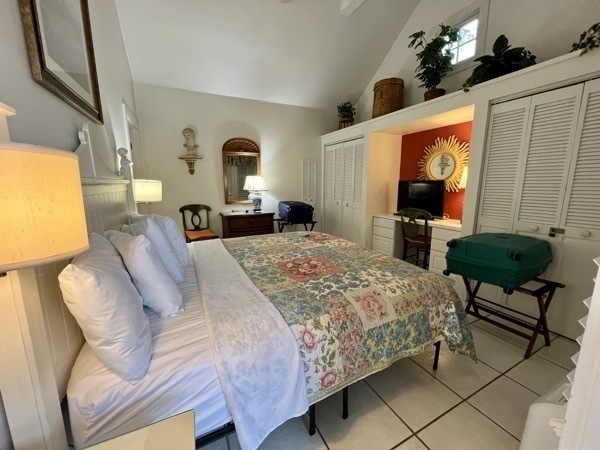
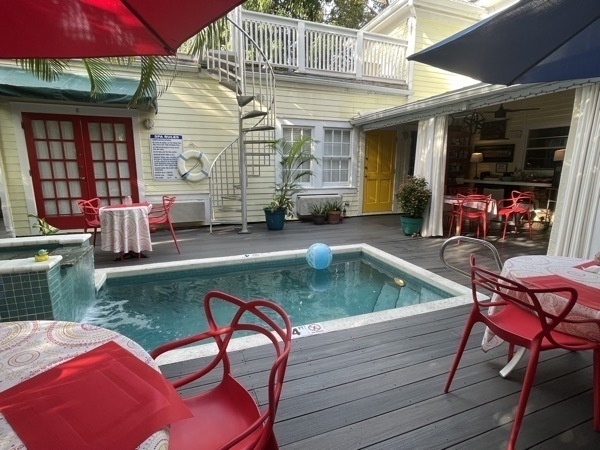
As soon as we set down our luggage we headed out to walk to the southernmost point of the United States to take advantage of the iconic marker photo opportunity. The marker was only 1.6 miles from the Knowles House. After getting our picture taken we headed to Duvall Street where we spent the evening walking in and out of shops and listening to music as we passed the bars and restaurants .
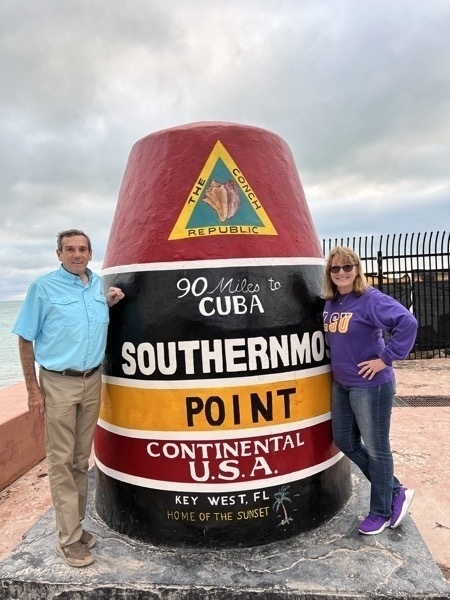
We ate dinner at the Sunset Pier while enjoying the music, the sunset, and the boats passing.
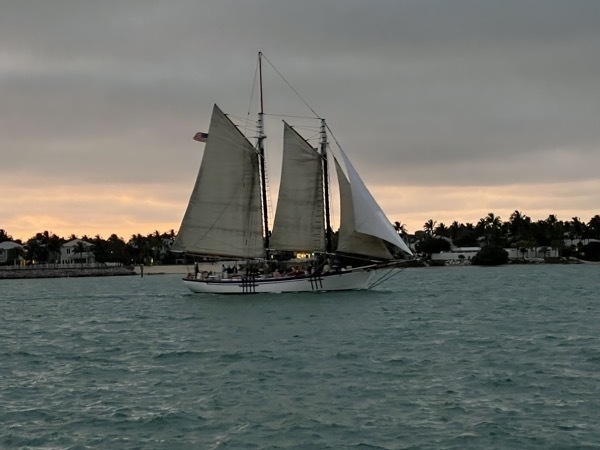
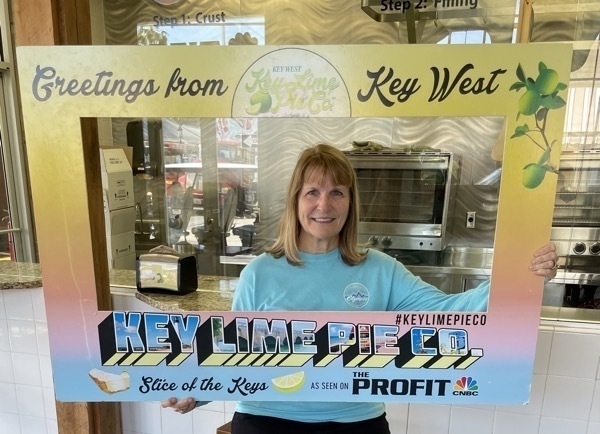
-
Miami
This morning we drove from our motel in Homestead to Miami to take the Big Bus Miami Hop-On Hop-Off Open Top Tour.
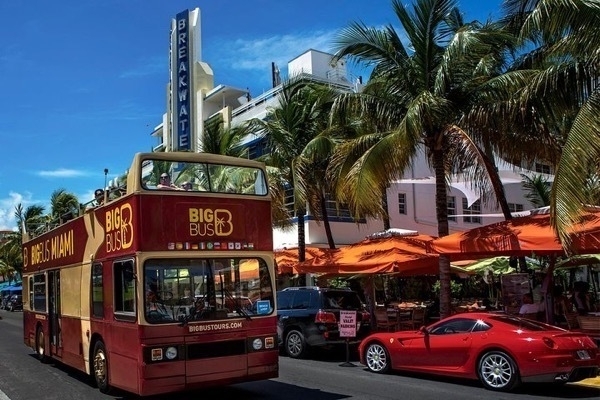
(Photo from the Big Bus website). Our skies definitely were not this pretty.
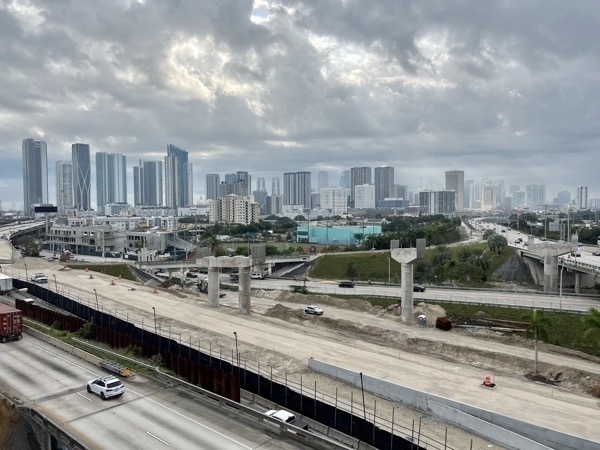
When we were crossing the bridge the winds were very strong and I, of course, was freezing although I was wearing my winter jacket and the hood.
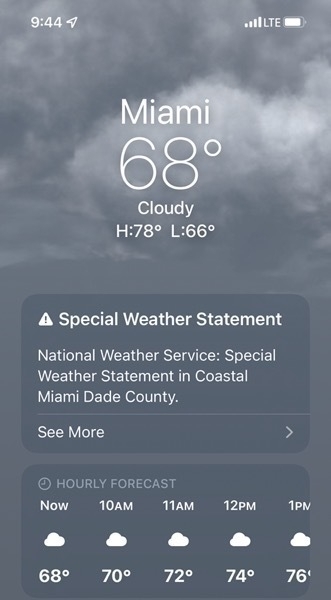
My favorite part of the tour was stopping in the Little Havana section of Miami and spending some time walking through the stores.
Little Havana is the best known Cuban exile neighborhood in the world. It is characterized by its street life, restaurants, music and other cultural activities, small business enterprises, political passion, and great warmth among its residents.
In 2015, Little Havana was included in the National Trust for Historic Preservation’s annual list of 11 Most Endangered Places. In 2017, the Trust declared it a national treasure.
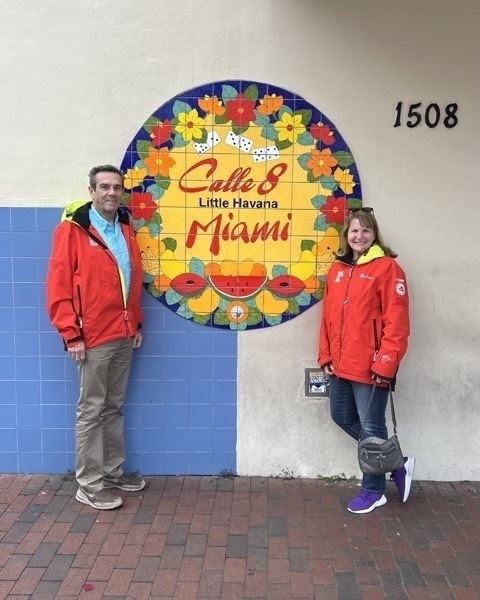
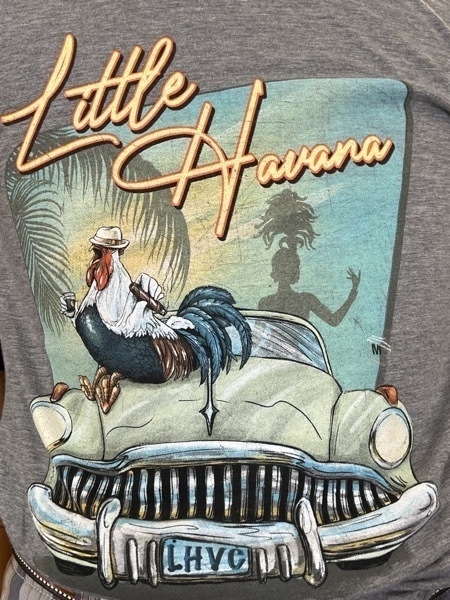
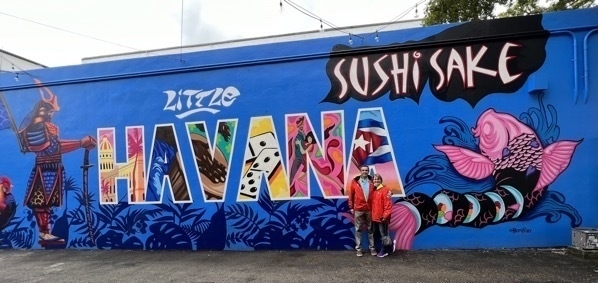
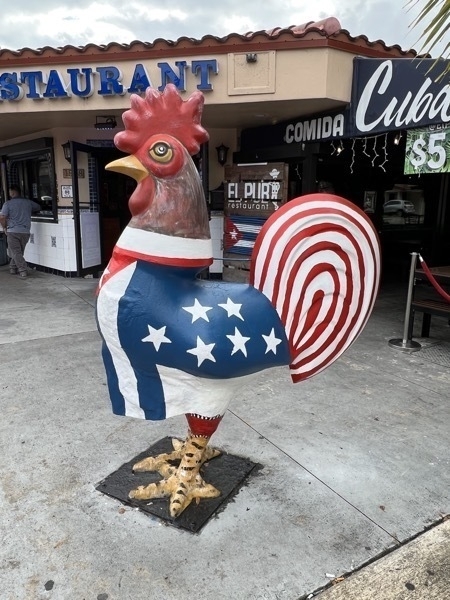
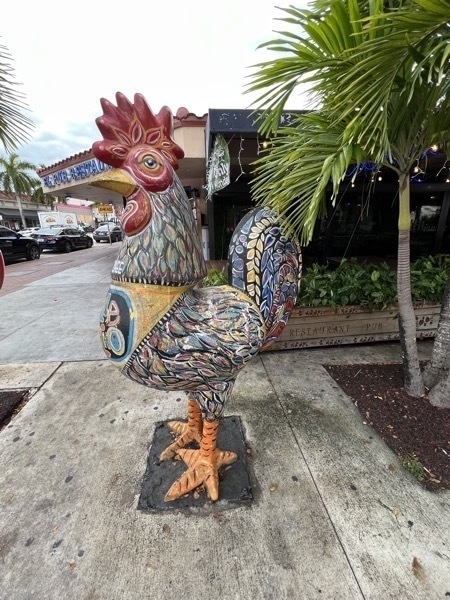
-
Biscayne National Park - Our 52nd National Park
Biscayne National Park is located 20 miles south of Miami. The park protects the northernmost group of living coral reefs in the United States with its ecosystem. Its reefs and islands are accessible only by boat.
Biscayne National Park consists of four distinct ecosystems: the shoreline mangrove swamp, the shallow waters of Biscayne Bay, the coral limestone keys and the offshore Florida Reef. It is home to one of the largest coral reefs in the world (behind the Great Barrier Reef and the Messamerican Barrier Reef system off of Belize).
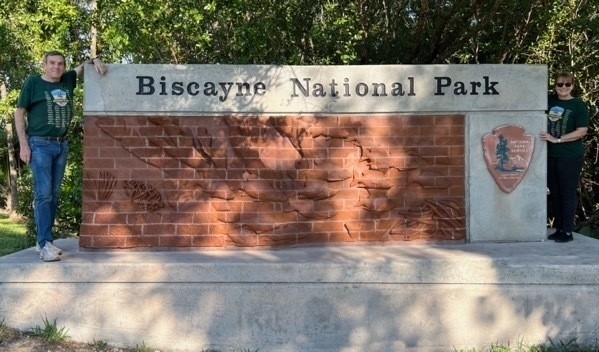
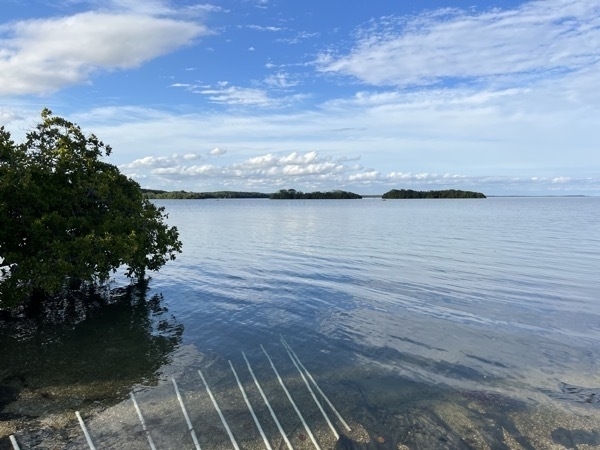
The view from the Visitor’s Center
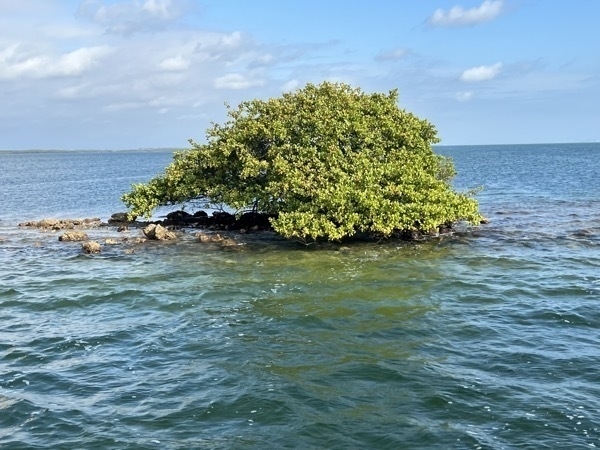
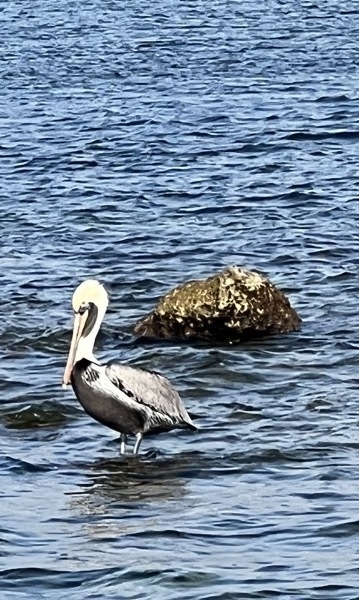
A pelican hanging out in the water.
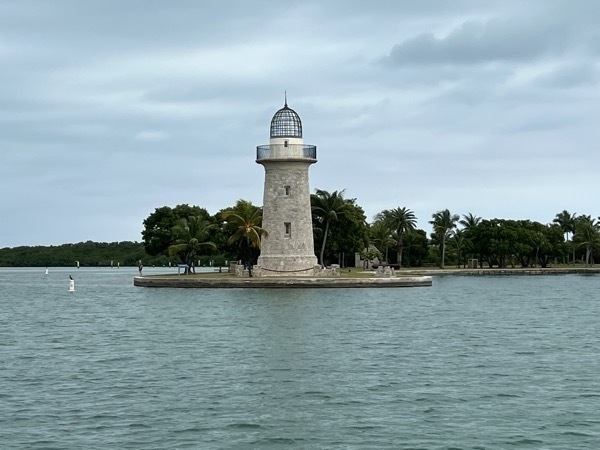
We took a boat tour out to Boco Chito Key, one of the northern most of the Florida Keys. We walked around the key and climbed to top of the Boco Key lighthouse. Boco Chito Key was once one of the most elaborate retreats in the keys, but none of the opulent buildings remain.
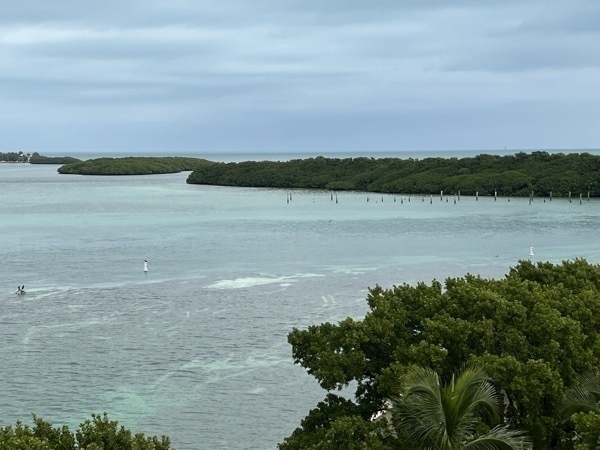
View from the top of the lighthouse
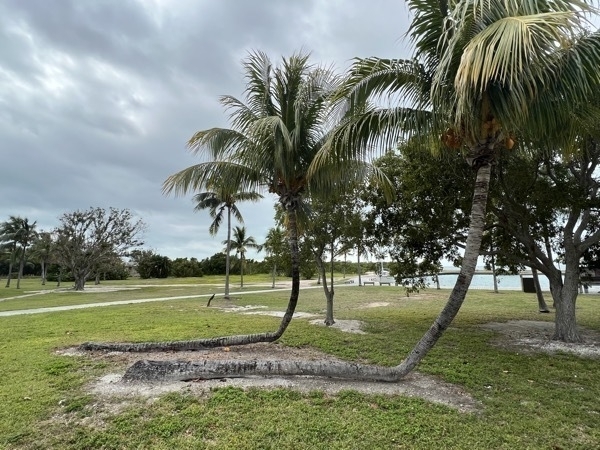
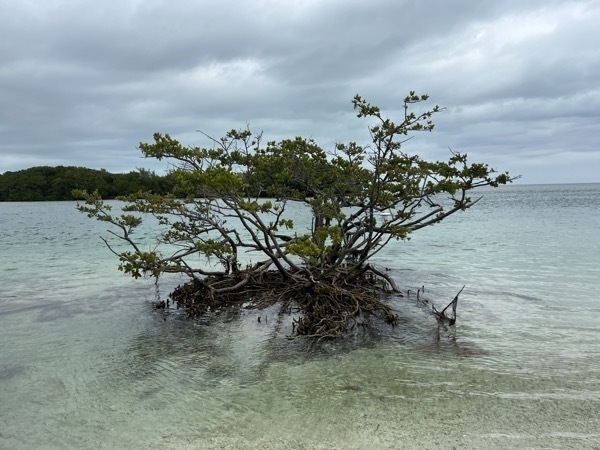
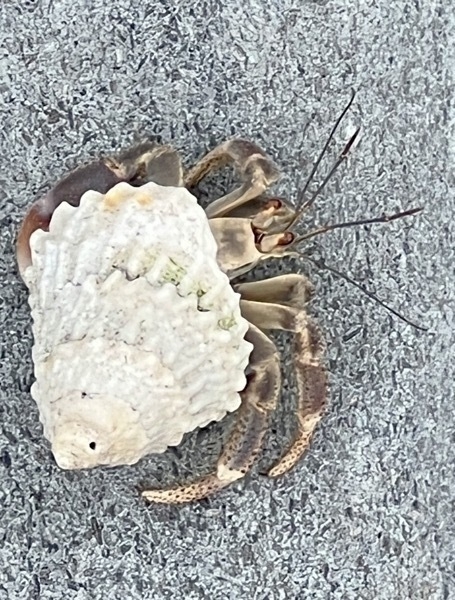
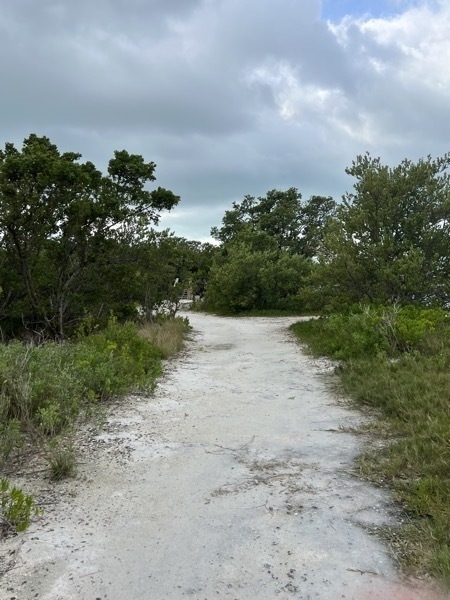
We walked around the perimeter of the island which was almost one mile.
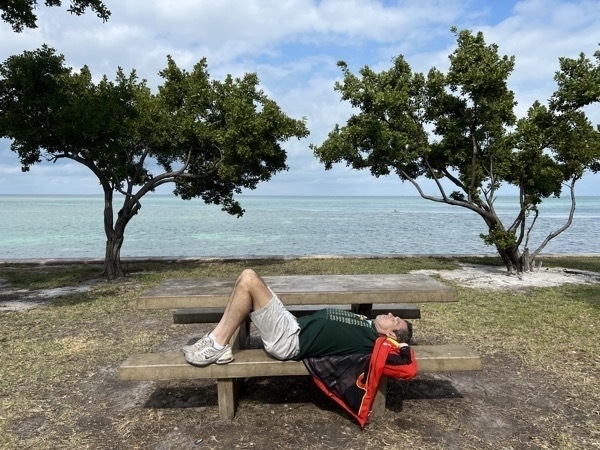
Tom can always find a place to take a short nap.
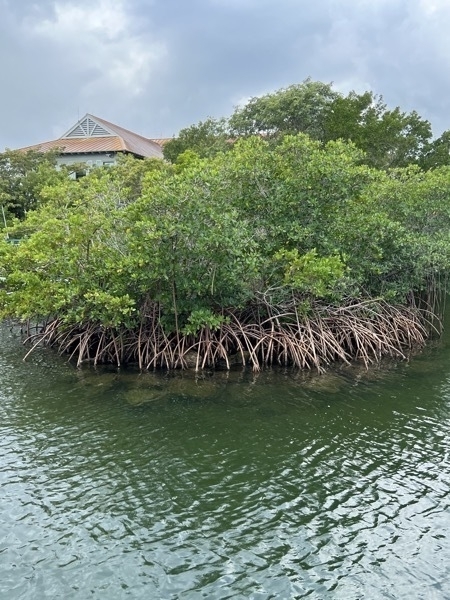
There are thousands of mangroves along the shoreline in the park. The roots of the mangroves provide a nursery for larval and juvenile fish, molluscs and crustaceans. The bay waters harbor immature and adult fish, seagrass beds, sponges, soft corals, and manatees.
-
Everglades National Park - Our 51st National Park
Today we toured our 51st National Park, Everglades National Park. The park is the largest tropical wilderness in the United States. Everglades is the third-largest national park in the contiguous United States after Death Valley and Yellowstone. In 1976 UNESCO declared the Everglades as a World Heritage Site. The Everglades are a network of wetlands and forests fed by a river flowing 0.25 miles per day out of Lake Okeechobee.
We started the day with an airboat tour with Safari Everglades Adventure.
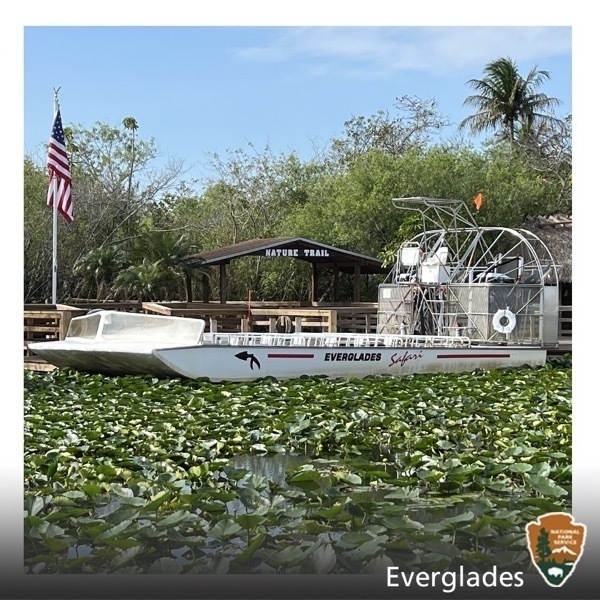
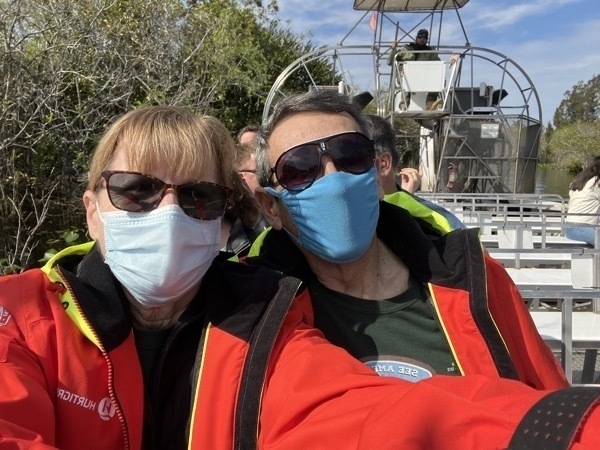
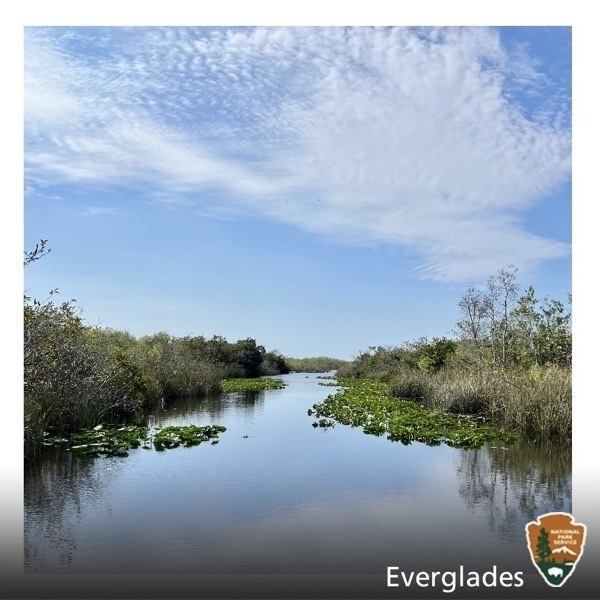
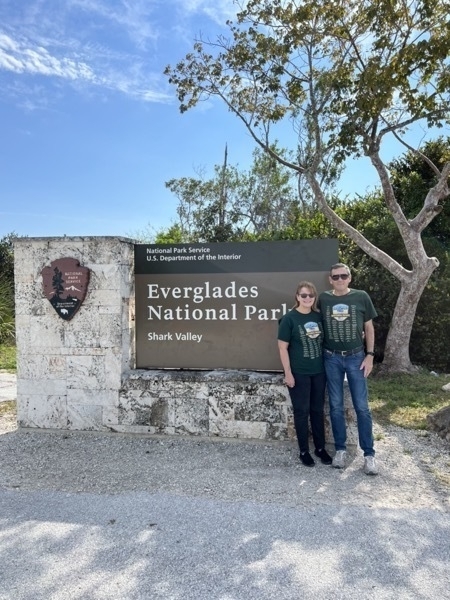
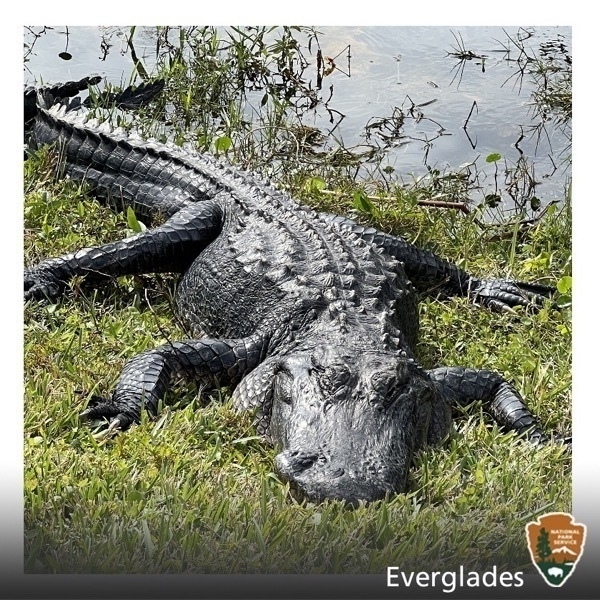
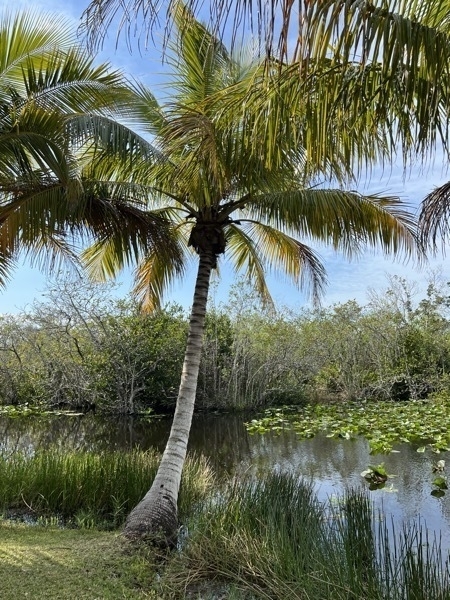
-
Whitney Plantation --First trip of the new year!
We drove from Lake Charles to Whitney Plantation which is located on the River Road along the Mississippi River near Wallace, Louisiana, located in Jean the Baptist Parish.about 45 miles west of New Orleans. Whitney Plantation Museum is the only museum in Louisiana with an exclusive focus on the lives of enslaved people. Built around 1752 by German immigrants Ambroise Haydel and his wife. The plantation was owned by their descendants until 1867, when it was sold to businessman Bradish Johnson and renamed after one of his daughters, Whitney.
The plantation opened to the public in 2014 after New Orleans trial attorney John Cummings spent more than $8 million of his own fortune on this project over a span of 15 years.
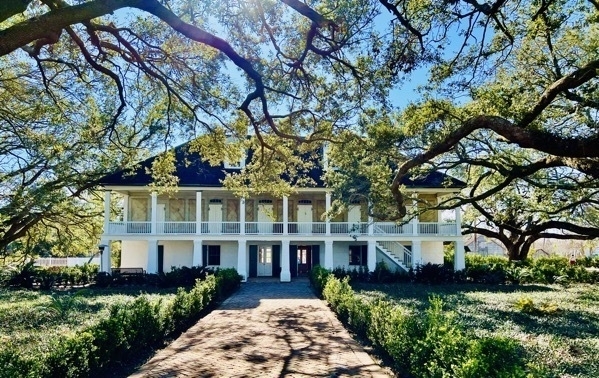
The Big House is built facing the Mississippi River with perfectly aligned French doors on the front and back to allowi a cross breeze to flow through the house.
The bricks for The Big House were made on-site by enslaved workers. The cypress used in construction was from the cypress swamps that surround the plantation, felled by enslaved workers and milled by hand and then used to frame up the house. The insulation was bousilliage, a mix of mud and Spanish moss that enslaved people would mix together and then put inside the walls so the home would be well-insulated.
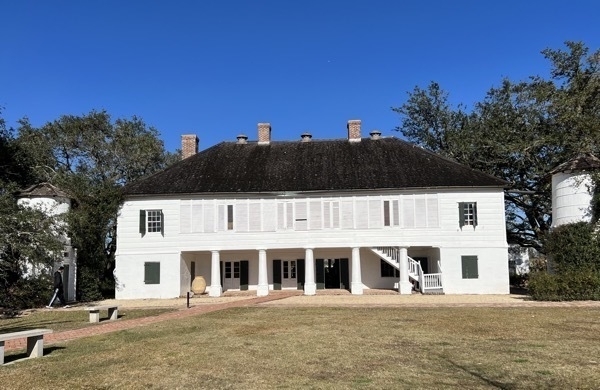
The back of The Big House has cisterns on both sides to collect the rain water.
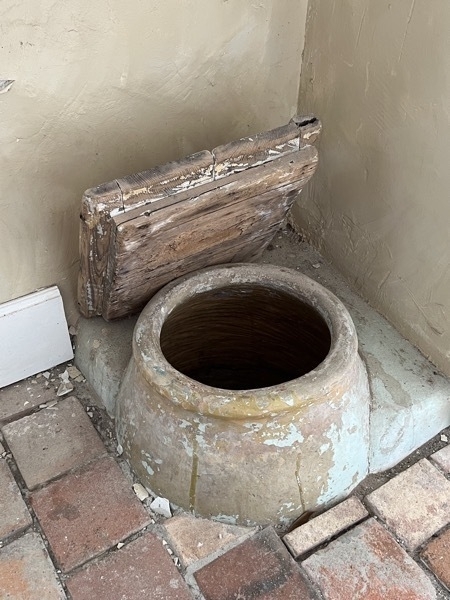
This sunken olive jar is in the “cool room” where food was stored to keep it from spoiling in the heat.
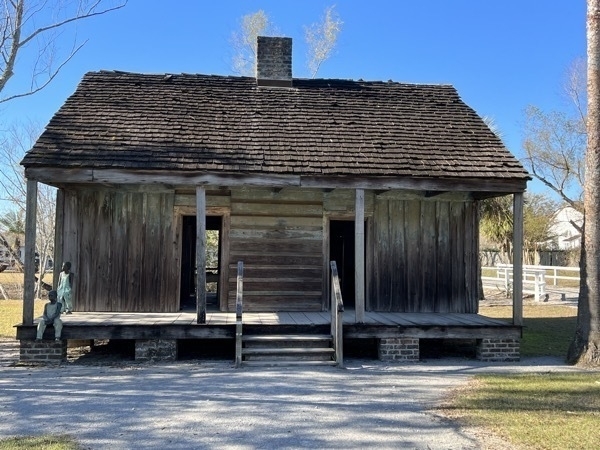
Enslaved people built their cabins from cypress trees that were harvested on the premises.There were 22 slave cabins, two for the domestics located near the Big House and 20 more in two rows facing each other. Today there are seven slave dwellings, two are original and the others were moved from a plantation in Terrebonne Parish, about 50 miles south of here.
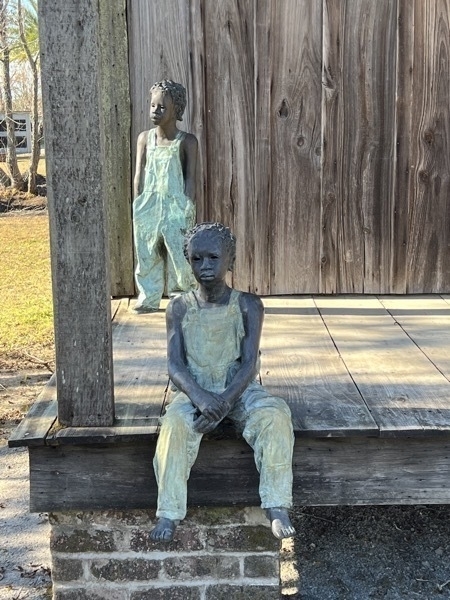
Amazingly enough the last tenants who lived in these houses did not move out until 1975.
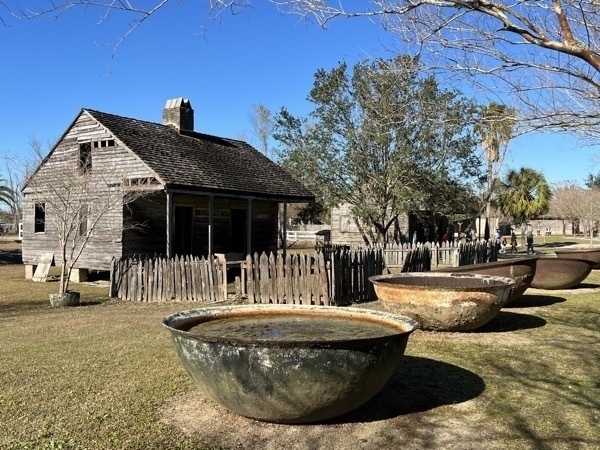
Sugar Kettles outside the slave quarters
Between October and December the sugar factory was a 24-hour operation. Enslaved people worked in shifts around the clock. At night they worked by candlelight. There were three enslaved sugar makers and a full crew of about 70 who were responsible for cutting, transporting, grinding, boiling and refining sugar cane.
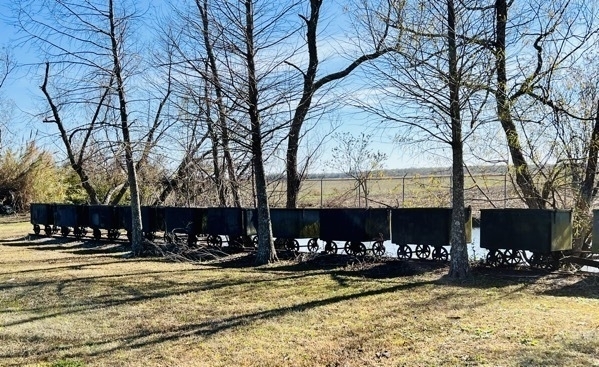
German Coast Uprising
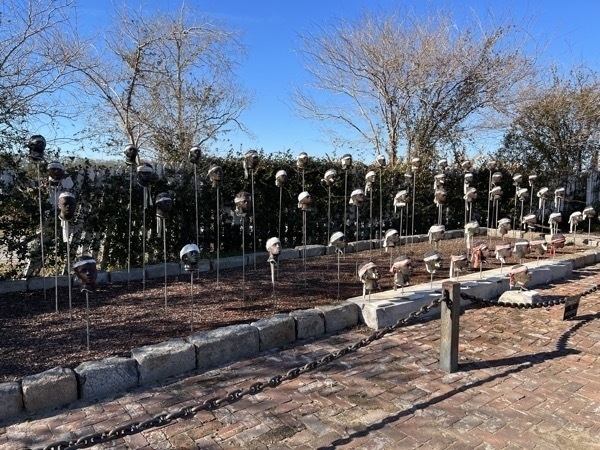
The region was called the German Coast after the German immigrants that arrived in 1721. The memorial pictured above depicts the heroes of the German Coast Uprising, the largest and most sophisticated slave revolt in United States history. A tribunal tried and convicted the rebel leaders who were taken back to their owners and killed and decapitated them in front of all the other enslaved people ., The decapitated head were displayed on pikes along the River Road.
Today was a step back into the pages of history to learn some of the very sad history of our nation’s past.